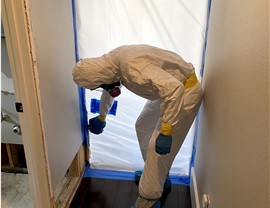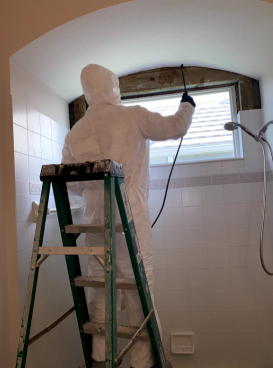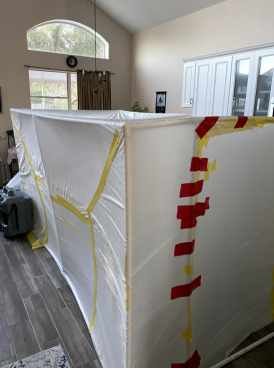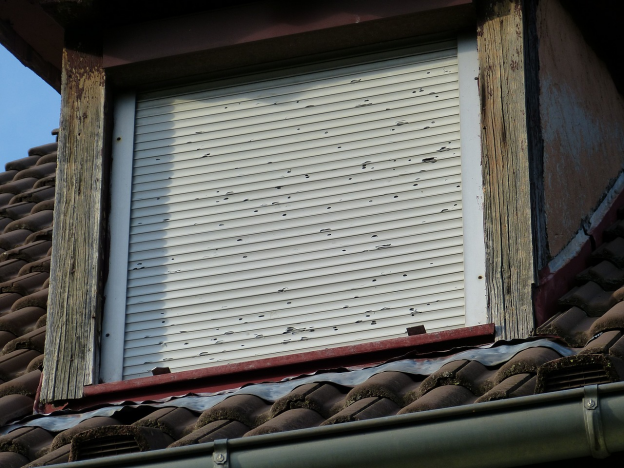Mold anywhere in your house can have serious consequences. Mold spores can cause allergy flare-ups, asthma attacks, and even result in rotting or eating away at the structure of your home. It can also make you or anyone in your family violently ill if they were to consume some on accident, which is a very real possibility if mold finds a way to infest your kitchen. Unfortunately, your kitchen is packed full mold-attracting ingredients such as carbon-loaded materials, moisture, darkness, and much more.
If you want to avoid having to deal with a mold infestation in your kitchen, there are a few simple things you can do that will effectively prevent these spores from ever taking root and causing starting to spread. On this blog, we’ll explain four of them.
Use Mold-Resistant Paint
Mold-resistant paint is a brilliant invention for areas where heavy amounts of moisture can be found, such as kitchens and bathrooms. This type of paint includes a mold-repelling ingredient that prevents the spores from penetrating through the paint and taking root in your drywall, one of mold’s favorite food sources. Mold-repelling paint is also water-resistant which prevents any moisture from getting inside your walls, which means any air gaps that allow air to flow down into your walls won’t matter because any mold spores that are in that air won’t be able to take root. Pro-tip: a fresh coat of paint can also really rejuvenate your kitchen.
Keep Your Kitchen Dry
Water is a common sight in kitchens. Sinks get wet, dishes get washed, water is used to cook food, and so much more. It’s not uncommon for water to splash its way into all sorts of places, and those places could unfortunately lead to a mold infestation. Be particularly careful with water around things like wooden cabinets or drywall that isn’t sealed with mold-resistant paint. Even a small spill could be enough to give mold a source of food and moisture to latch on to. Florida residents need to be particularly careful about the moisture in their kitchen as the humidity outside makes spills take far longer to dry and encourages mold growth as well.
Clear Out Old Food
One area where moisture levels are almost continually high is in your refrigerator, and on top of that, the cold temperatures, dark conditions, and vast amounts of food sources all contribute to making this important appliance a breeding ground for mold. The easiest way to allow mold to grow? Simply let old food sit in the fridge for an extended period of time. Once per week, do a sweep and get rid of all old leftovers that haven’t been eaten yet—not only are they probably no good, but they’re also probably serving as the food source for a budding mold colony. Likewise, pay close attention to the expiration dates on foods as well as expired foods can also contribute to mold growth and dangerous bacteria.
Keep Your Kitchen Clean
Finally, simply keeping your kitchen clean helps keep the mold away. Don’t leave dishes in the sink for several days, simply wash them immediately after your meal and either put them away or allow them to drip dry in a well-ventilated dish rack. Mop the floor with a disinfecting soap to remove any spills or stains that may be harboring mold growth. And use disinfecting wipes to wipe off your counters, backsplashes, and walls that may have come in contact with moisture. Not only will this give you the satisfaction of a sparkling clean kitchen, but it’ll also prevent mold from taking root, which means you won’t have to deal with having it removed.
If you’ve got mold in your kitchen, turn to the trusted Bradenton mold remediation team at Flood Pro’s, USA to get it removed! Call us at (941) 212-2500 to request an estimate.Tags
Subscribe to Flood Pros USA's Blog







Comments